I’ve always had a love of books and when I became interested in mushrooms and fungi the first place I looked were guidebooks to help me identify what I was finding. There are many great modern books with big color pictures that can help you identify mushrooms but sometimes it’s interesting to go back and look at the older publications where the mushrooms were first described. The older books are long out-of-print and can be difficult to find and when you do find them they can be expensive. There are a number of websites that specialize in old books, AbeBooks for example, but it’s rare that you will will find a bargaining on such a site. Unfortunately I don’t have the time to drive around some of the smaller towns in America browsing secondhand bookshops so that I can pick up these treasures on the cheap.
The older books can be quite fun to read there is normally a good description of the mushroom followed by notes that can include personal anecdotes about finding the fungi, hints at locations where they have been found and notes on cultivation attempts and edibility. On a historical note Michael Kuo wrote on his website mushroom expert that the current description of some of the mushrooms in modern books originate from the Latin terms used in the original publication describing the mushroom, and if that description was not very accurate or correct those errors can be perpetuated through time. Both science and fungi classification are ever evolving such that many of the fungi first described 100 or more years ago may now have changed family and or genus but I still think the books are worth reviewing.
Under current copyright laws in the US all books published before 1923 are now in the public domain. Google, other organizations and persons have taken the time to scan many of these books into digital formats. I have explored some of the different ways of accessing these public domain books and report my findings here. You can read the books on dedicated e-book readers like the Amazon Kindle or Barnes & Noble Nook, and also directly on a computer. The books are made available in two main formats, direct scans of the page as an image or scans converted into e-text.
The second format you would actually think is the most usable but it turns out to be quite frustrating. A computer has been used to carry out optical character recognition (OCR) and convert the scanned images into electronic text. I found that many of the elaborate fonts used by the printers in the 19th century and 20th century were not recognized correctly by the modern OCR programs. Also images, figure legends, lists and other formatting cause problems with the OCR. When trying to read the books in the e-text format you often find sentences which are very difficult to interpret because one or more words is being mangled by the OCR. The e-text are very handy if you want to quote or copy the text of the books but I found that I preferred the digital images of the pages especially as these often included the photos and color plates in full color.
One of the things I quickly found was that the e-book versions were available for free on Amazon or other sites were often swamped by versions that cost one or two dollars. It would be great if the person selling the e-book version for a couple of dollars had actually edited the book and corrected all of the OCR mistakes but I suspect that they have just copied the book from one of the free sources and were trying to make a quick buck selling it onto unsuspecting readers. In the end I did not spend the money to find out.
There are a number of different sources for the books but I found the Google play store very accessible and easy to use. All you need is a Google account then you can go to the Google play store and search for fungi and mushrooms with the option price “free” and find a lot of public domain books. The search results include classics like Toadstools, Mushrooms, Fungi, Edible and Poisonous: One Thousand American Fungi; how to Select and Cook the Edible; how to Distinguish and Avoid the Poisonous, with Full Botanic Descriptions by Charles McIlvaine Robert K. Macadam.
Another good website was the open library website. Again I searched for fungi, mushrooms and in this case with the option to read the books which meant that the site would only list books that were available to borrow or read immediately. I found “Mushrooms and their use” by Charles H. Peck and enjoyed looking at the drawings of different fungi.
The last site I looked at was Amazon and surprisingly it was my least favorite. I could find the books and easily send them to a Kindle or Kindle application on a phone but many were listed with a price of $1.99 for the poorer quality e-text version and were available for free elsewhere.
A quick note about reprints of some of the classic books. With today’s on-demand printing entrepreneurial or unscrupulous publishers can take public domain books and reprint and sell them. I could find quite a few of these reprinted/republished books available at some of the secondhand bookshop’s, some with prices approaching that of the real original print editions. It’s not clear to me what the quality of these reprinted books will be like so I add a buyer beware warning.
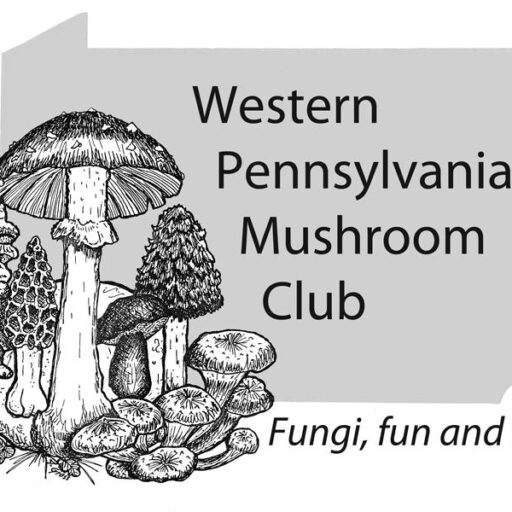
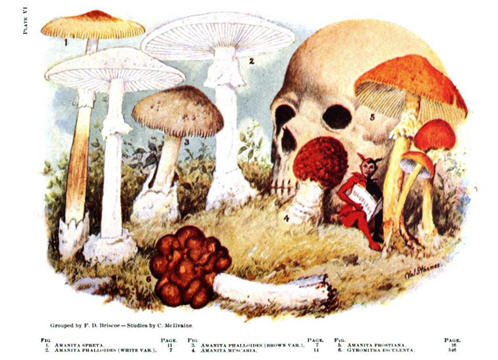


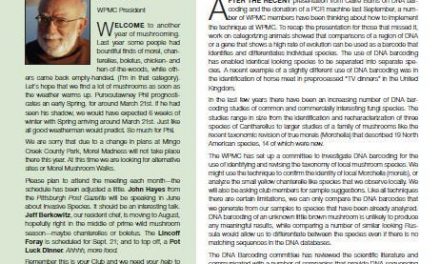
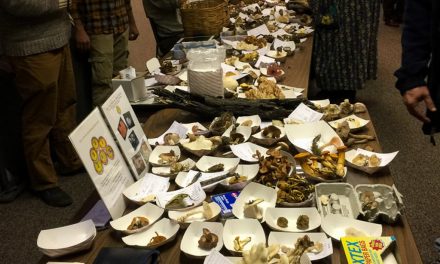
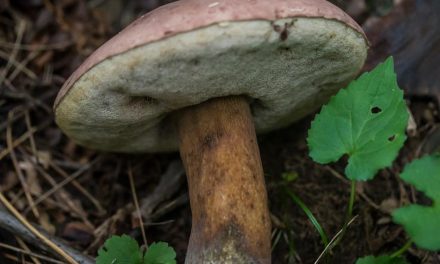
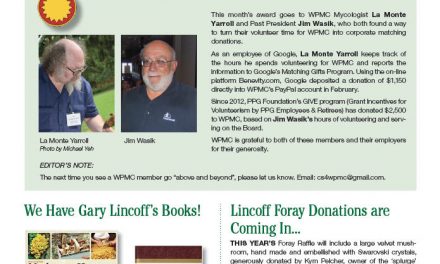

Recent Comments